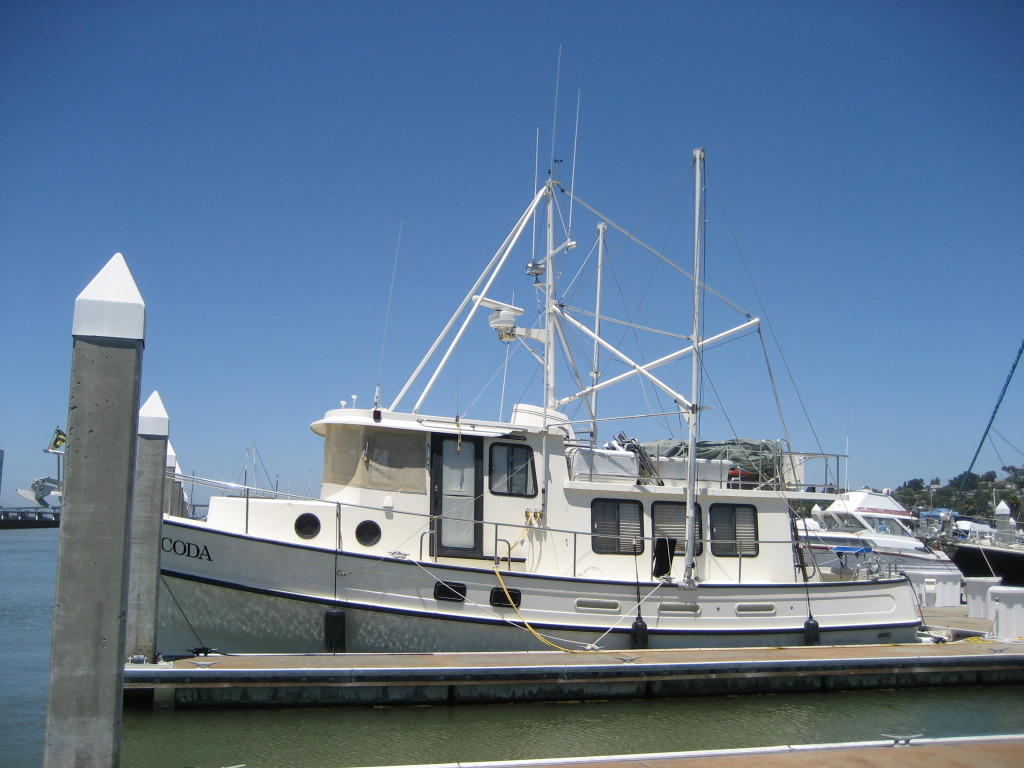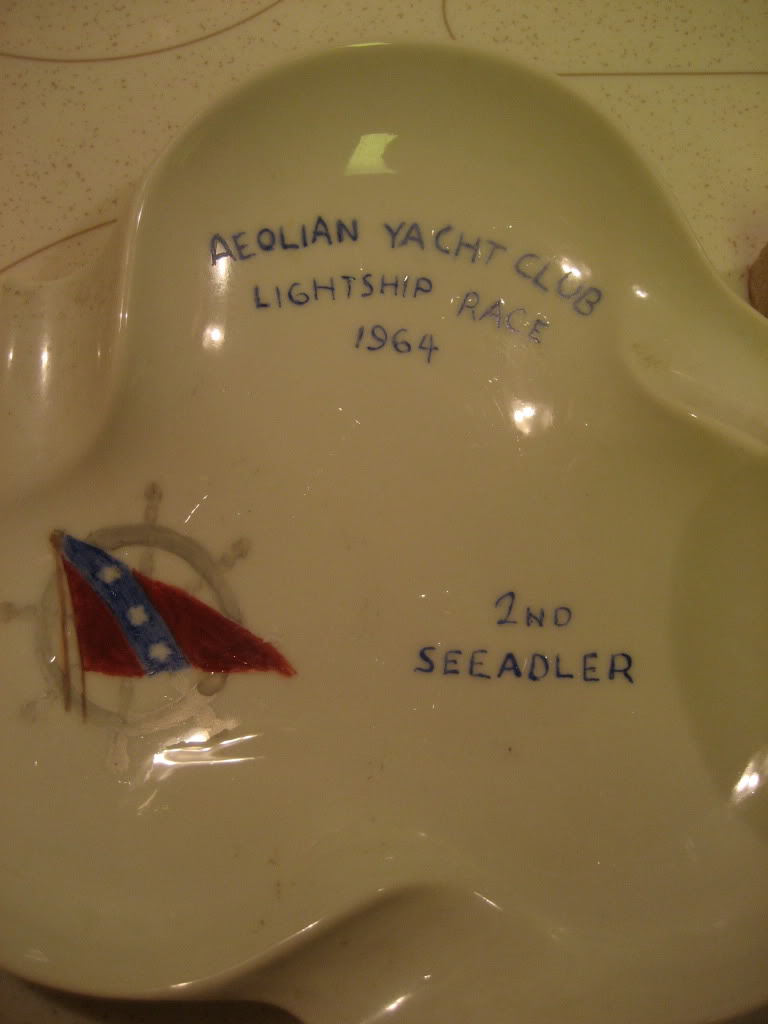Britannia
Wannabe
Hi,
I'm in the process of looking for a full displacement (or possibly semi-) in the 46-50' range. Many of the boats in this range have active fin stabilizers, and a few (Nordhavn 46) have paravanes.
I'm trying to assess the importance of stabilizers in my buying decision. Adding them after the fact is an expensive proposition, so I need to decide if they are a requirement for me. I plan to spend quite a bit of time on the Pacific Coast up and down from San Francisco.
I am used to being coastal on my Catalina 36 and have been in a variety of conditions. Contrary to popular belief, even with sails, sailboats still roll quite a bit if you're in a beam sea. Most of us avoid those conditions and change tack to quarter the waves. As sailors we're used to the idea that the best route between two points is often not a straight line!
I'm interested to hear from those with experience - especially former sailors - on how much of a necessity they are. From what I've read they are really beneficial in long (multi-day) passages to avoid crew fatigue. It seems vessel safety is less of a concern - especially if on adjusts course to reduce the rolling.
Thoughts and comments most welcome.
Thanks
Richard
I'm in the process of looking for a full displacement (or possibly semi-) in the 46-50' range. Many of the boats in this range have active fin stabilizers, and a few (Nordhavn 46) have paravanes.
I'm trying to assess the importance of stabilizers in my buying decision. Adding them after the fact is an expensive proposition, so I need to decide if they are a requirement for me. I plan to spend quite a bit of time on the Pacific Coast up and down from San Francisco.
I am used to being coastal on my Catalina 36 and have been in a variety of conditions. Contrary to popular belief, even with sails, sailboats still roll quite a bit if you're in a beam sea. Most of us avoid those conditions and change tack to quarter the waves. As sailors we're used to the idea that the best route between two points is often not a straight line!
I'm interested to hear from those with experience - especially former sailors - on how much of a necessity they are. From what I've read they are really beneficial in long (multi-day) passages to avoid crew fatigue. It seems vessel safety is less of a concern - especially if on adjusts course to reduce the rolling.
Thoughts and comments most welcome.
Thanks
Richard




